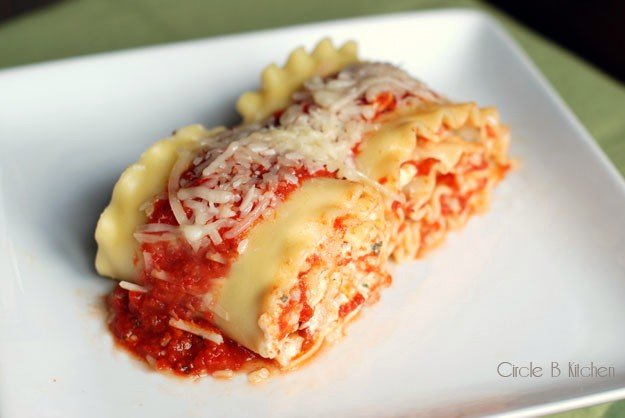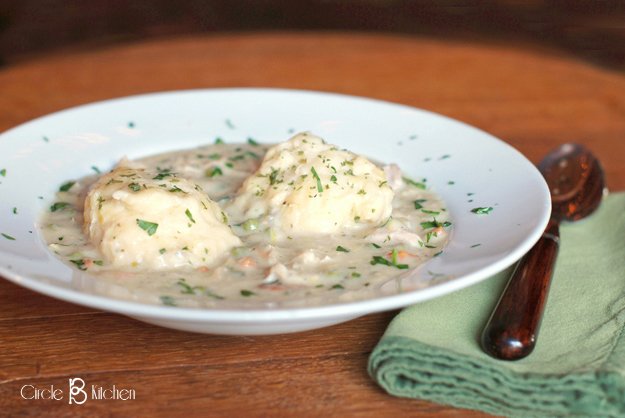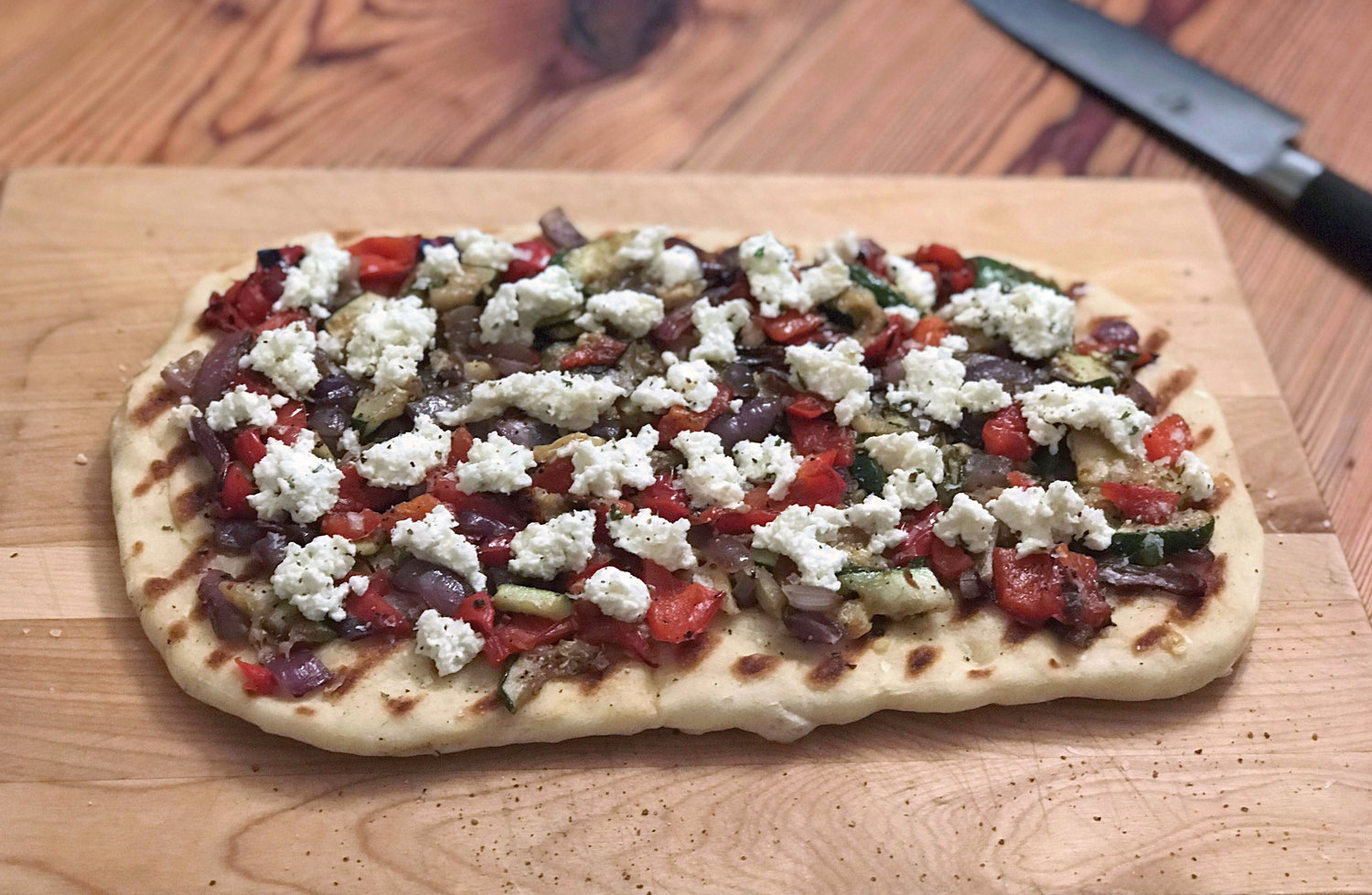Edamame Fest!
/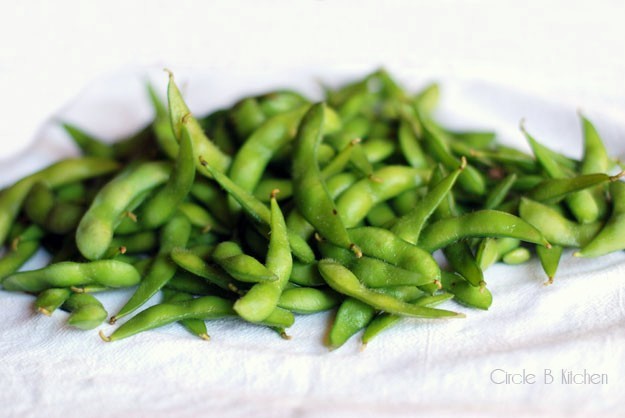
In my last post I confessed to being a bit distracted from sharing my love for edamame with you by a scrumptious coconut macaroon pie. But I don’t want you to think that a momentary distraction (albeit a delicious one) in any way could diminish my enthusiasm for edamame. Not a chance. For while a special occasion may call for a coconut macaroon pie, edamame are part of our everyday life in a way a pie never could be.
Most of you, I’m sure, have already discovered the fun and yumminess of snacking on edamame. For those of you who haven’t yet tried them or haven’t ventured to make them at home, today is your lucky day! Today is edamame day here at the Circle B Kitchen and by the time I’m done with you, hopefully you’ll be running out to snag your own bags and get to boiling. If you’re already hooked on the little green pods, don’t be rushin’ off to your next blog destination just yet. We’ve got some serious snackin’ to do!
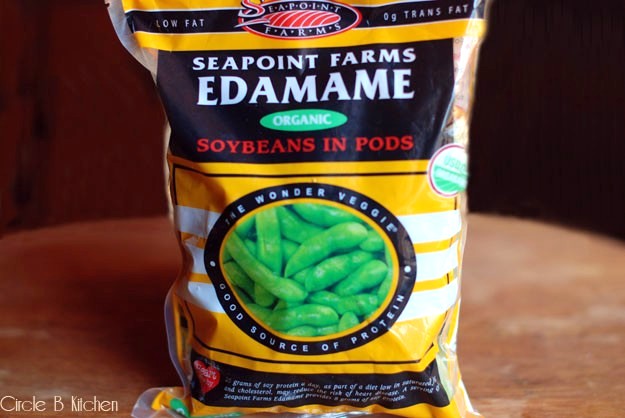
But before we get to the snacking part, we’ll cover a couple of basics. Edamame are soybeans in the pod that make a scrumptious little snack when boiled and salted. They come frozen and take only about 3-5 minutes to cook. When the soybeans are removed from the pod, they’re called mukimame, which are a great addition to stir fries and dips, sauces, rice, pasta and lots more kinds of things. And when I say these little buggers are a healthy snack, I’m not even kidding. If you’re interested in the health benefits, I will list them for you at the bottom of this post. Suffice to say, we should all be eating them on a regular basis.
On to the snacking… The first most basic and perhaps our favorite way to eat edamame is just a quick boil, and tossed with a nice flaky sea salt or kosher salt.
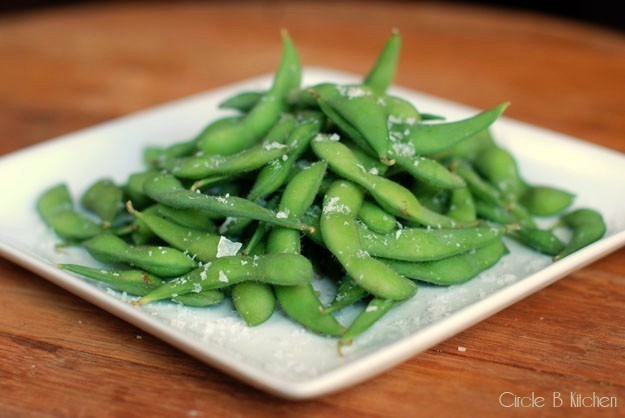
Occasionally, we like to dress them up a little with a little drizzle of olive oil and a squeeze of lemon and of course, a sprinkling of salt. So good.
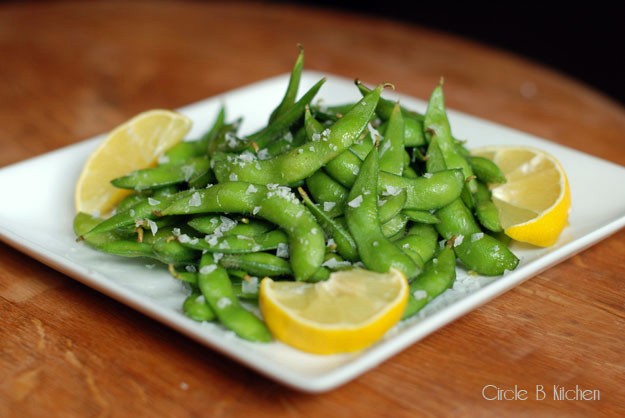
If you buy shelled soy beans, called mukimame, the possibilities for working them into your diet are pretty much limitless. We’ve roasted them with olive oil and parmesan cheese for an uptown snacking experience…

And we’ve used them to replace the garbanzo beans in our famous hummus. If you’re looking for a healthy dip, look no further folks. This is some good stuff. The Husband says he actually prefers the edamame version. I can see why.
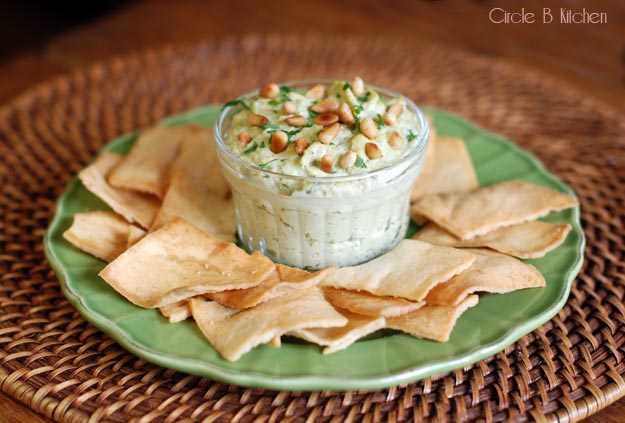
Another extremely delicious way to use them is to make a pesto sauce out of the little guys and toss it with some whole grain pasta for a killerly nutritious, easy and scrumptious dish.
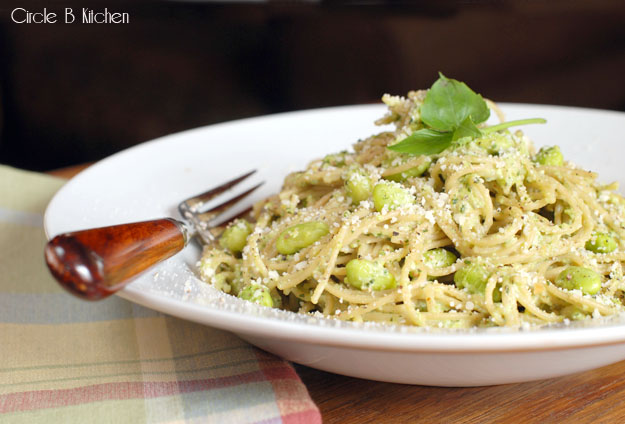
I guess that should keep you busy for a while. I mean it when I say the possibilities are limitless for including edamame into your weekly meal plan or an impromptu snacking fest. This is just the beginning…
Click here to ask a question or leave a comment
Dietary and Nutritional Data for Edamame...
(I apologize that I have lost the link to the website from which I obtained this information. There are many resources on the internet for nutritional data if you would like to do further research)
Edamame are...
High in protein (12g in a 1/2 cup)
High in dietary fiber (6g in a 1/2 cup) – this fiber lowers the levels of cholesterol and they make you feel full for longer
Loaded with antioxidants
High in iron (15% of daily value in a 1/2 cup)
Rich in micronutrients, particularly folates, manganese, and vitamin K
Plenty of healthy omega-3 fatty acids and omega-6 fatty acids
10% of the Daily Value for vitamin C in one serving
10% Daily Value for iron in one serving
8% Daily Value for vitamin A in one serving
4% Daily Value for calcium in one serving
Offers the nine essential amino acids that the human body cannot manufacture
Contain isoflavones that protect your heart from the risk of developing heart disease while at the same time lowering the cholesterol levels in the blood. Isoflavones aid in maintenance of the bone density because they offer estrogen-like effects to your bone tissues.
The edamame seed contains anti-inflammatory properties and is most ideal for those with arthritis and any other inflammatory condition.











